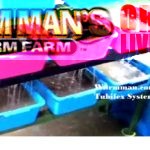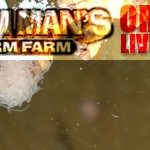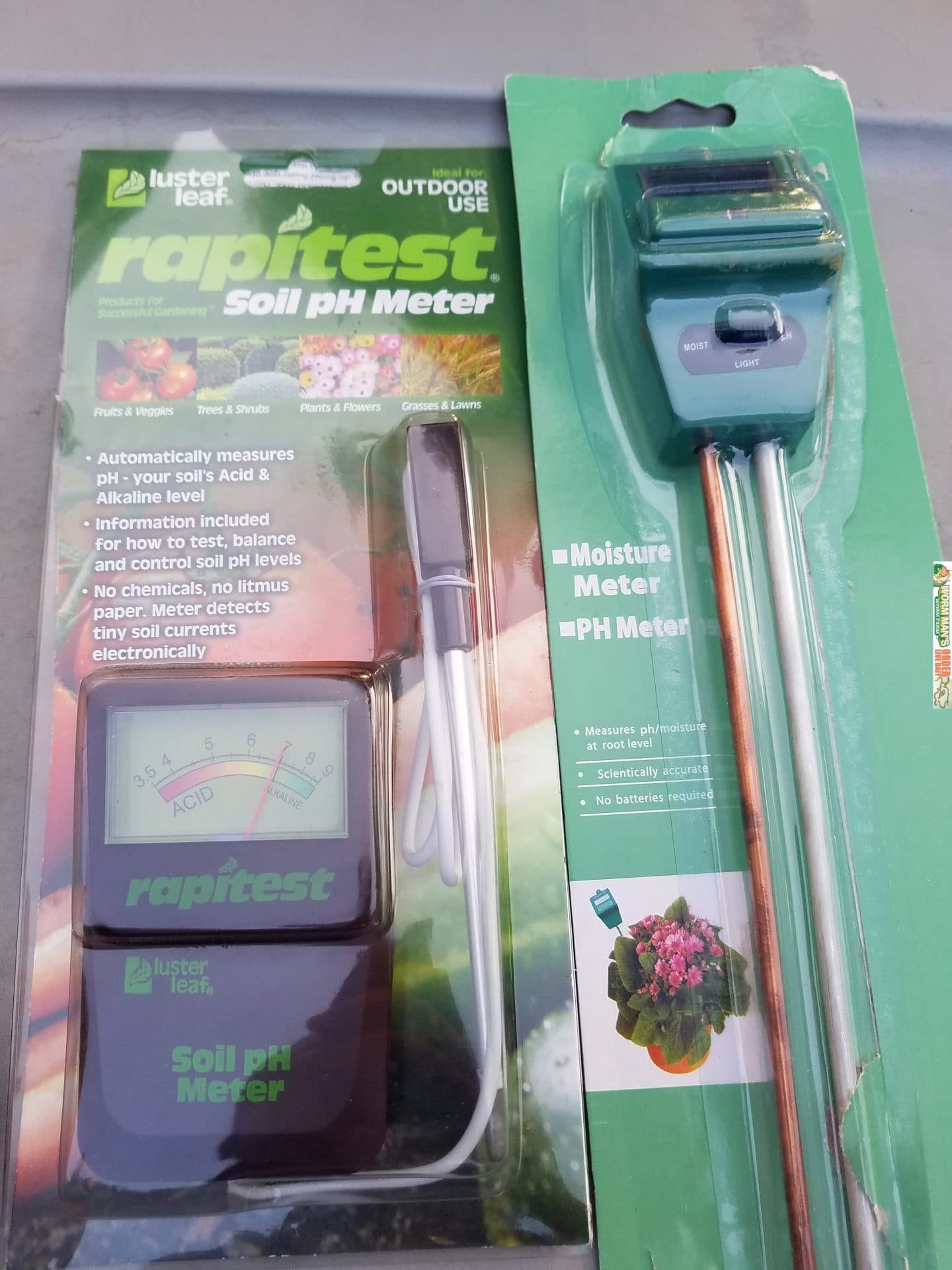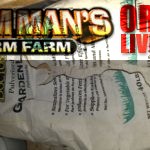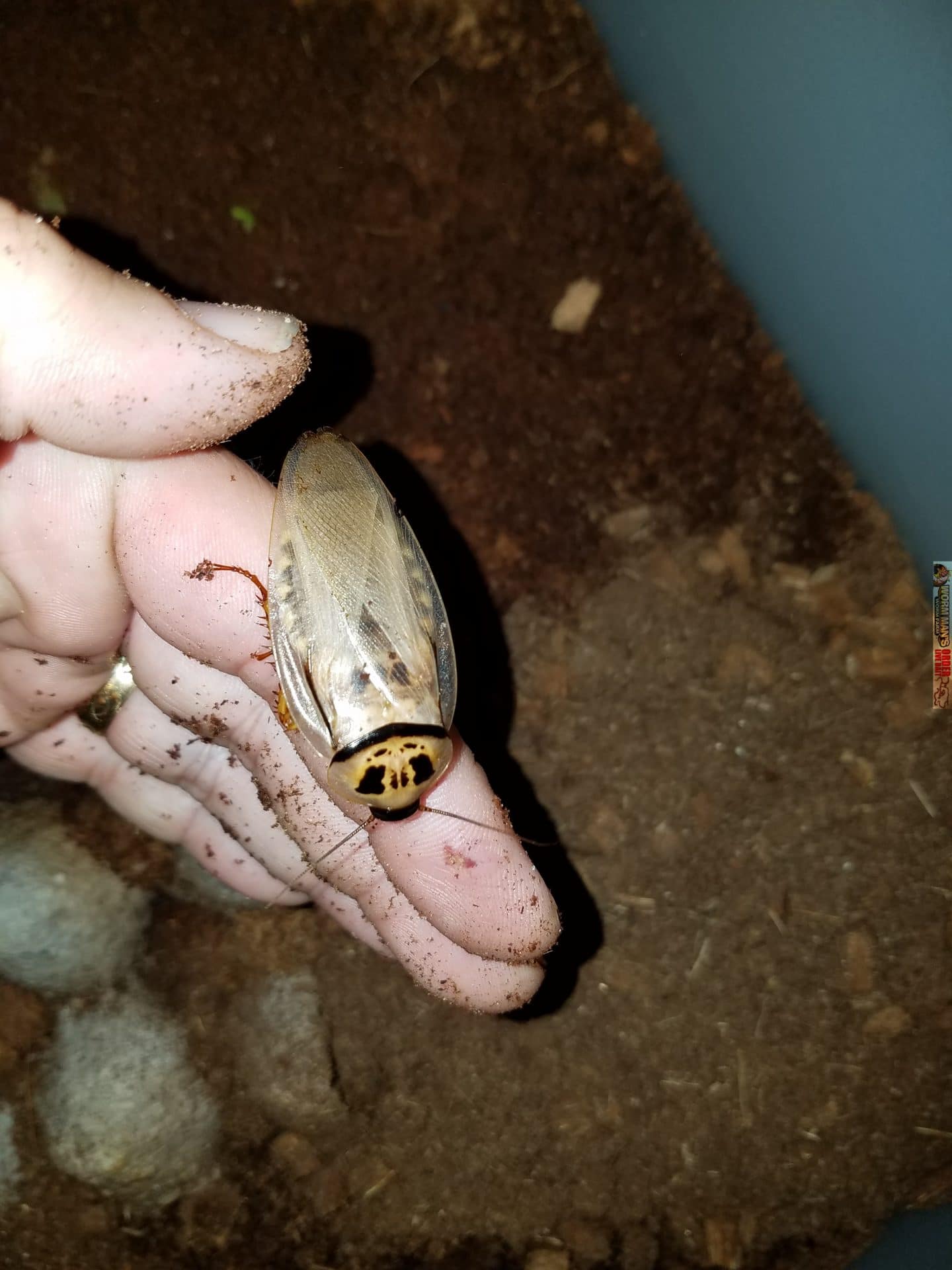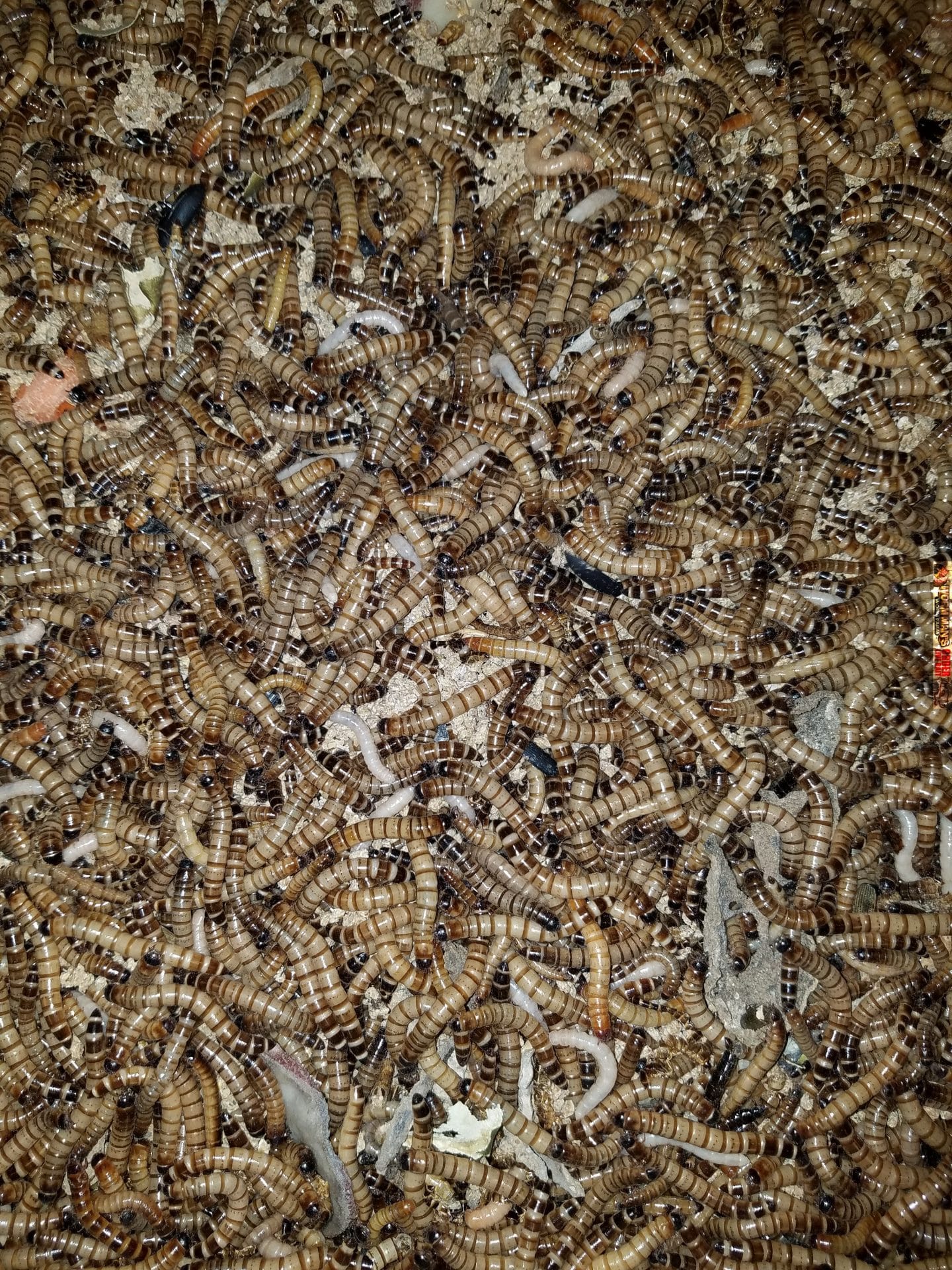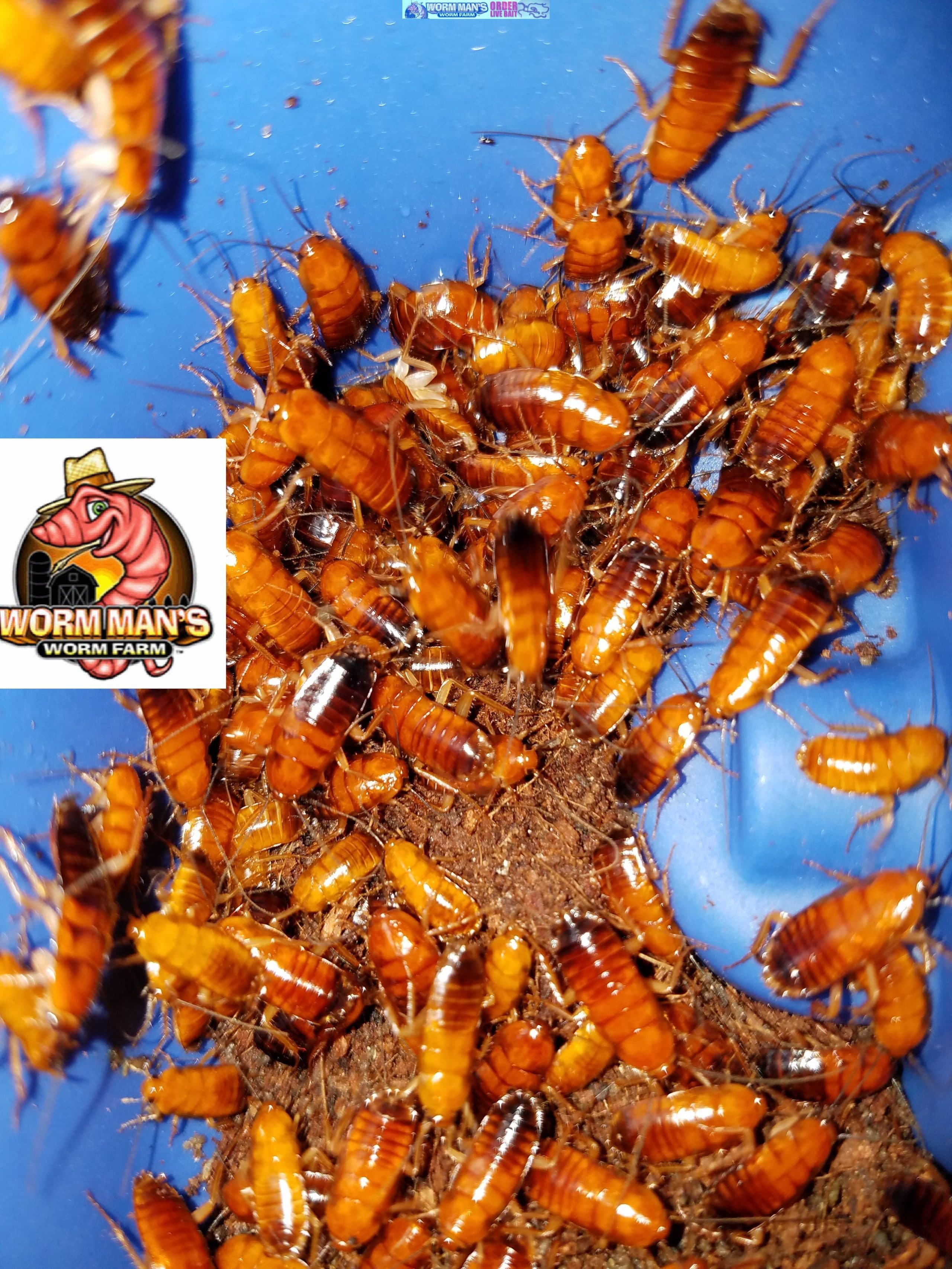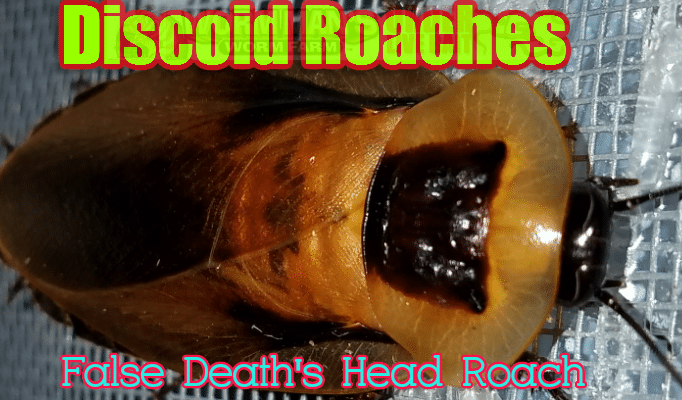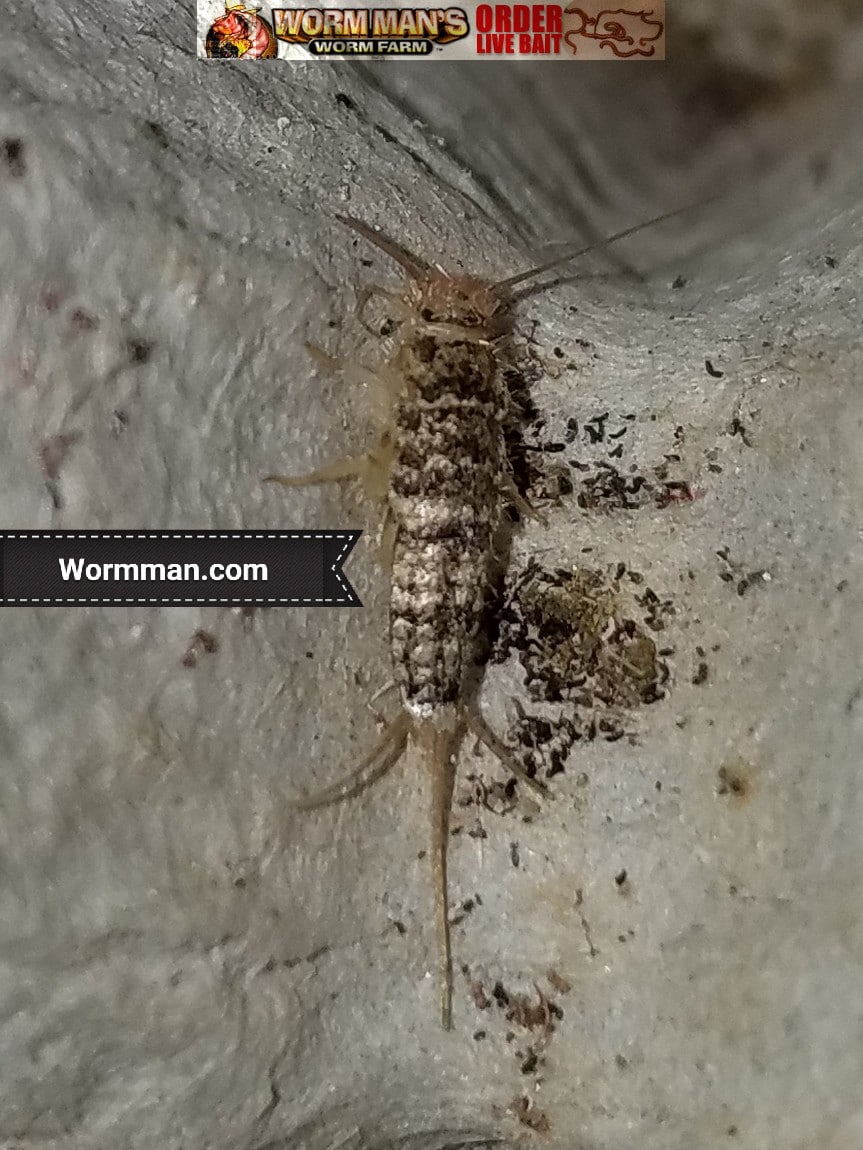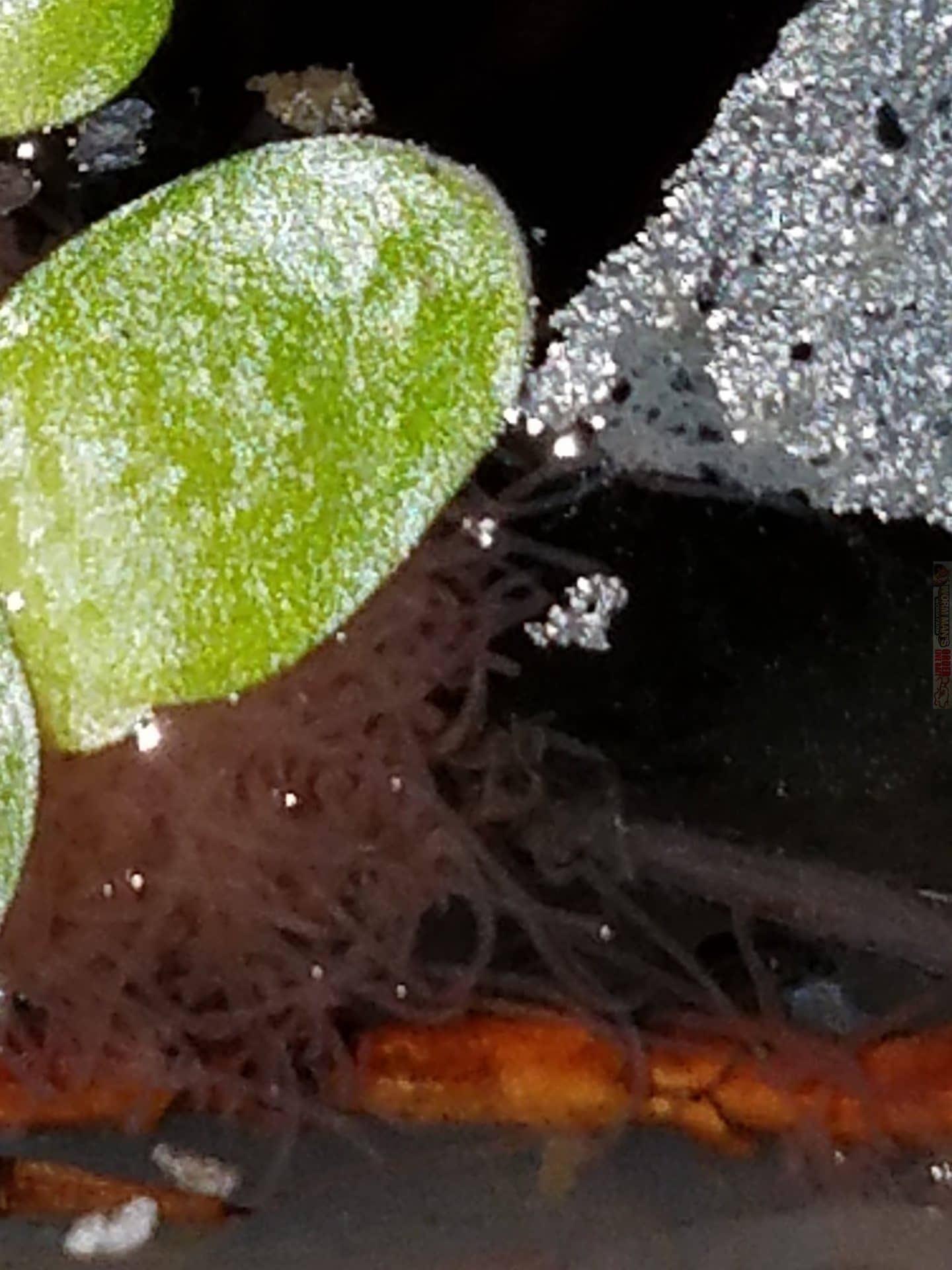
Tubifex Worms
Tubifex Culturing and Breeding Setup
feed to your fish, or if you are just looking for Tubifex to
feed to your septic system to clean our your leach fields, then
you have come to the right place. This is a homemade
Tubifex Breeding and Culturing Machine. The name needs
some work and it is ugly, but it works and it works well. I scaled down our Tubifex setup using items that you can get at a pet shop or on Amazon and ebay. I will link to those items in this guide and some of the links are affiliate
links. We need to eat too. :-).
your own Tubifex with very little effort and it is a fun if this
is what you are into, and I am into it.The process is simple. You have a tank on the bottom
filled with enough aged water to cover the filter and the
powerhead pump. The bin on top has a slow flow of water
entering it. That is the growing and breeding
container. The water gets filtered and aerated on in the
bottom tank and then gets slowly circulated in the upper
breeding tank.You will get some Tubifex in your bottom tank and that is
fine. Feed them there too. The top tank will be
where the majority of the breeding, feeding and growing takes
place.
1. A 10 gallon fish tank.
 2. A second bin. A Rubbermaid or
2. A second bin. A Rubbermaid orSterlite container is fine. This is the one I bought for
this.
3. A submersible filter. I bought the small filter and an air pump with a stone. You will need both of these. Remember to get the filter fiber and the carbon for the filter.
4. Bag of cotton fiber filler for the filter. (Say that 10
times fast).
5. A small pond pump with enough tubing to go from the 10 gallon tank to the upper tank. The water flow must be adjustable.
A drill to make holes in the upper tank so that the water
overflows out of the holes and into the bottom tank.
Food:
Brown Paper bags, cardboard and/or brown, unbleached paper
towels.
Goldfish food.
These are all pictures taken of Tubifex worms that were created
in this setup. I only put 100 small worms in this setup 30
days ago and you can see that there are many more than that in
the clumps alone, not to mention the ones that are swimming
around or that are attached to the paper in the Tubifex breeding
setup.
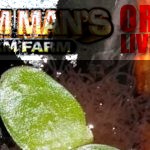
Instructions:
The key to breeding Tubifex worms is to ensure a well aerated,
cool and flowing water supply. If you can supply those
three things, Tubifex will grow and breed well, they will be
clean and they will easy to maintain.
I scaled down our system, which uses 80 gallon Rubbermaid tanks
and 3 tiers of smaller bins. Check out the video on the 3 Tier Tubifex System.
The point of the system is that the large tank is for aerating
and filtering the water. Then the pond pump delivers that
water to the top tank which has stones on the bottom for the
worms to anchor to, and a continuously resupplied layer of
unbleached paper towels, cardboard or paper bags. The
worms will eat the paper source. We also supplement the
paper food with fish food flakes. Feed fish food flakes
sparingly. For instance, we sell Tubifex cultures with 100
worms. You can barely see them because 100 worms get lost
in the volume of water they are shipped in. DO NOT feed
them fish food flakes when they arrive.
Installation of Worms from us. I am adding
this so that you can care for the Tubifex that you order
from us.
PLEASE DO NOT ORDER TUBIFEX WORMS UNTIL YOU HAVE YOUR SYSTEM SET UP. 🙂 Sorry for yelling but you can kill your worms if you buy Tubifex from us and then get your setup later. Tubifex Worms for Sale Here.
1. Age some tap water for a day or so, or get
distilled water. Chill it in the refrigerator.
When your worms arrive put a couple of inches of that aged,
chilled water in a container and then pour your worm culture
in.2. Add an airstone. This is very important.
3. Add as small section (maybe 2″x2″ if a paper bag
to the water and let your worms settle in.
4. Remove about 10% of the water every day and
replace with fresh aged water from your refrigerator.
Use a clear glass to remove water and hold it up to the
light to ensure that you are not removing Tubifex
worms. If you do not disturb the paper during the
removal of the water, you will not have many worms in the
water you remove.5. Add more bag sections as needed. You will
know when they are needed as they fall apart.6. After about a week you can add one flake of fish
food every other day or so. Do not add more than this,
even if it is tempting.7. Continue the process until you can visibly see the
worms swarming the flake food when you add it.
If you add a sponge filter, like the one here, you do not have to change the water out every or two.
We do a 10% to 20% water change every week in our tanks. We only change the water from settled tanks (tanks that have not been stirred sothat the sediment and worms are not disturbed.)
This video shows how we do that:
The worms will feed and reproduce. They will anchor themselves to the aquarium rocks and they will eat from the brown paper that you provide.
Do not feed from your set up until you have large clumps of worms forming or you will deplete your breeders and your Tubifex culture will never get established. Order Tubifex Worms Here.
This Tubifex Breeding System createst he waterflow needed to keep the worms healthy and it also keeps the bins aerated while not distrubing the breeding worms in the top bin.
Some worms will go through the overflow holes but that is not anything to worry about.
You will have to regulate the pump to keep a steady flow without overflowing the top bins.
The first system is a two tank system while the system below is a 3 tank system used to catch Tubifex that might get out of the top tank.
WARNING: if you turn the system off to maintain it then you will have to pull the hose out of the top tank or the water will drain out into the bottom tank. You can also install an inline check valve in the water supply line from the pump to stop the water from doing that in case of a power failure.
Not taking precautions can cause you to lose your worms during a powerfailure if the top tank drains and is left for an extended period of time.
Watch the video to see what I mean.

